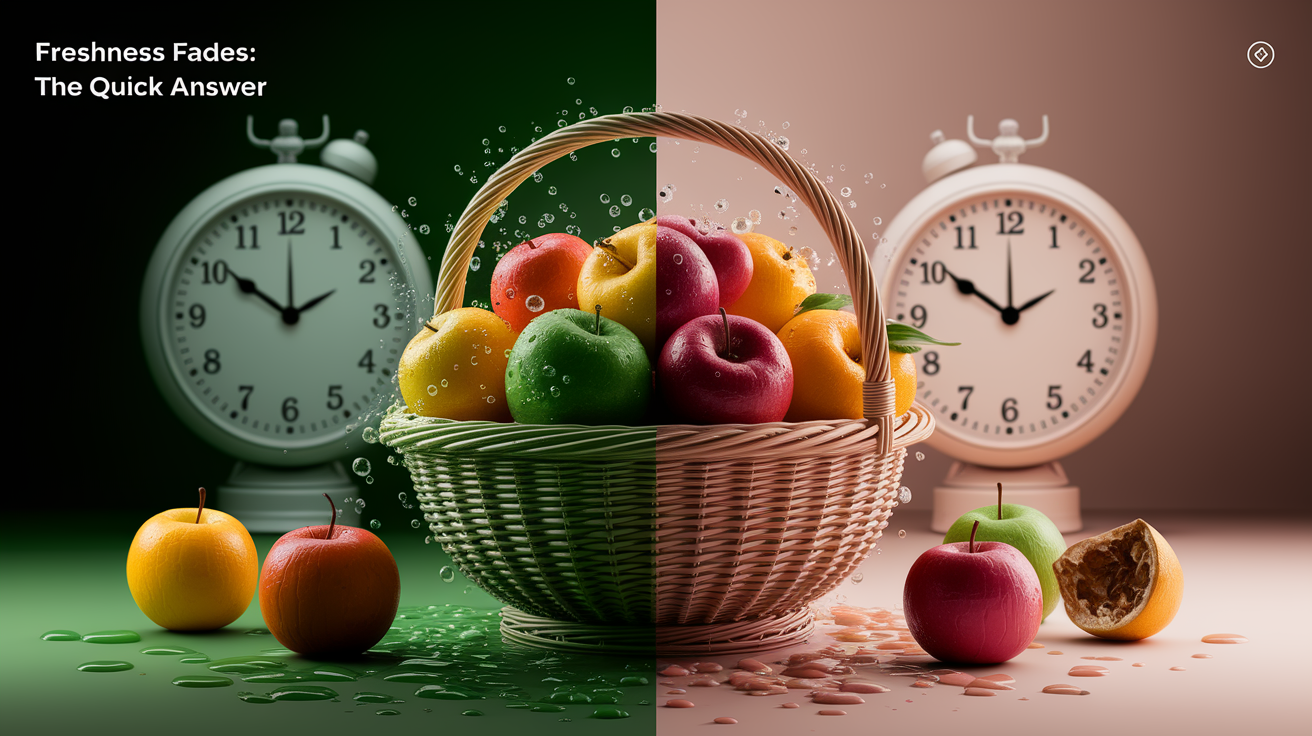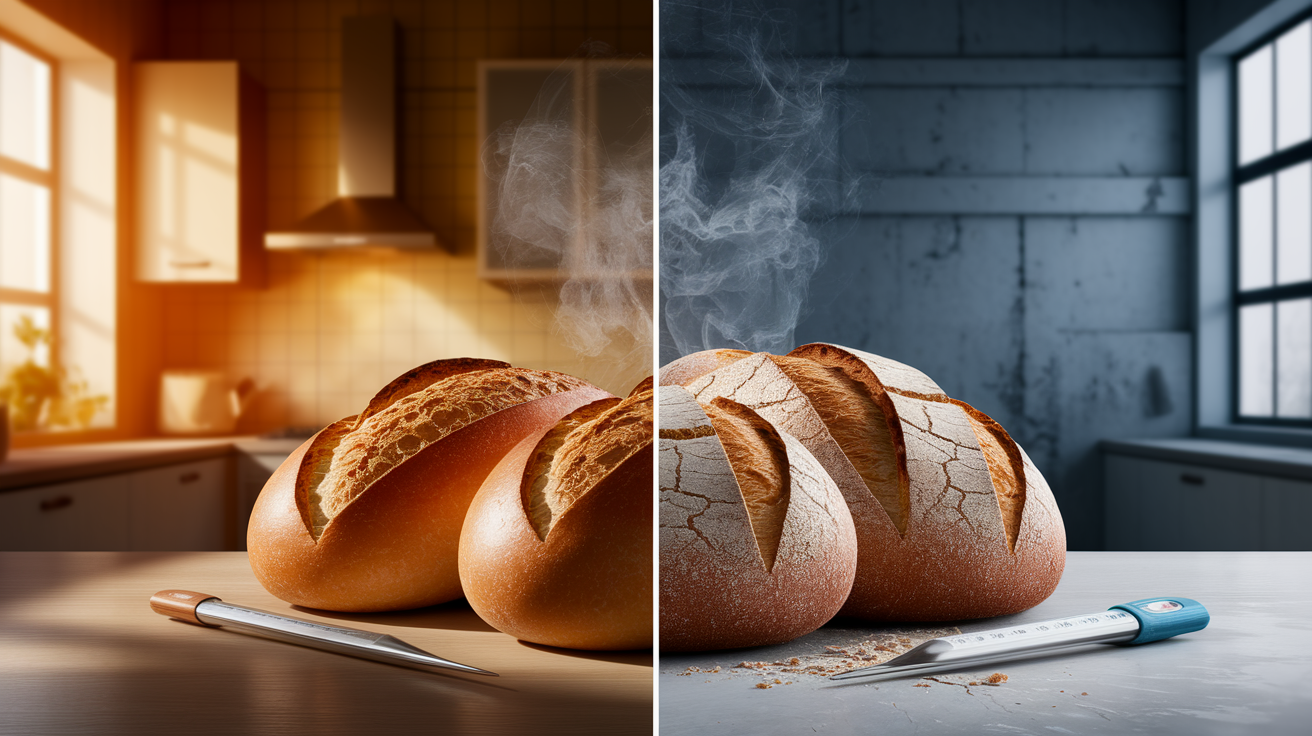Freshness Fades: The Quick Answer
Bread goes stale because its starch molecules reorganize over time, turning soft crumb into a firmer, drier, and less appealing texture. Moisture shifts inside the loaf and temperature conditions can speed up or slow this process, but staling is inevitable. The key is understanding what’s happening at the microscopic level so we can make smart storage choices.

Unraveling Starch Retrogradation
The main culprit behind bread staleness is a process called starch retrogradation. This is bread chemistry at work, centered on two starch components—amylose and amylopectin—that make up most of bread’s carbohydrate structure.

- Baking phase: In the oven, starch granules absorb water and swell in a process called gelatinization. They become soft, giving bread its delightful crumb texture.
- Cooling phase: As the loaf cools, the gel-like starch begins to set. Amylose retrogrades (realigns into crystalline form) quickly, helping bread slices hold their shape.
- Storage phase: Amylopectin retrogrades much more slowly, but it’s the main driver behind crumb firming and loss of freshness over hours and days.
According to the molecular mechanism studies, proteins like gluten also strengthen over time, slightly contributing to the firm texture. Importantly, this isn’t just bread “drying out”—even bread stored in airtight conditions will harden due to starch crystallization.
Moisture Migration and Texture Shifts
Another big player in staling is moisture migration within the loaf. Water moves from crumb to crust, changing both areas in ways our teeth can detect instantly.

- Crumb firming: As starch molecules crystallize, they hold water differently, making the interior feel less soft.
- Crust toughening: The crust, once crisp, absorbs some migrated moisture, losing its satisfying crunch.
- Not just drying: Current science shows staling can happen even without actual moisture loss to the environment—it’s about structure, not just water content.
This internal reshuffling of water gives stale bread a distinctly different mouthfeel, even if its moisture content overall hasn’t changed much.
Temperature’s Influence on Staling
Temperature can drastically alter how quickly bread loses its freshness. Scientific tests reveal some surprising truths:

- Refrigeration speeds staling: Storage at fridge temperatures promotes faster starch retrogradation, making the crumb firm up quickly.
- Room temperature slows staling: Bread kept in a bread box or sealed bag at ambient temperatures will stay pleasant longer than in the fridge.
- Freezing works best: Freezing halts most molecular movement in starch, dramatically extending shelf life. Just thaw gently to revive bread without damage.
That’s why expert bakers often recommend avoiding the refrigerator for bread and instead choosing room temperature or the freezer depending on how soon you plan to eat it.
Slowing Down the Staling Clock
You can’t stop bread from aging, but you can slow the staling process with a few clever tricks:

- Seal it up: Use airtight packaging to minimize moisture exchange with the air.
- Freeze promptly: Freeze bread you won’t eat within 2 days, ideally while it’s still fresh.
- Slice before freezing: Allows easy access to portions without thawing the whole loaf.
- Avoid refrigeration: Unless the bread has fillings that require cold storage, keep it out of the fridge.
- Warm it up: Heat can temporarily reverse some firmness by softening starch crystals—think gentle toasting or a quick oven warm.
Some commercial breads extend shelf life using emulsifiers and preservatives, slowing retrogradation and moisture migration. Homemade bread without additives will generally stale faster.
Keep Your Loaf Longer: The Bottom Line
Bread staleness is a natural result of starch retrogradation and internal moisture shifts—more like the “aging” of a loaf than simple drying out. The science shows that temperature is a big factor, with freezing as your best option to pause the process. With smart bread storage methods, you can enjoy fresher crumb and crust for days longer. So next time you savor a slice, remember there’s a fascinating molecular dance happening inside—one you can’t stop, but can delay to your advantage.













